Analysis of Connecting Rod in a Four-Stroke Internal Combustion Engine
VerifiedAdded on 2021/04/17
|7
|1097
|62
Report
AI Summary
This report delves into the analysis of connecting rods within internal combustion engines, focusing on their critical role in converting reciprocating motion into rotational motion. The study begins with an abstract that highlights the importance of understanding connecting rod behavior and the application of MATLAB for simulating engine performance, particularly within an ideal Otto cycle framework. The report provides a historical overview of internal combustion engines, tracing their evolution from early gas engines to modern designs. It then classifies engine types based on stroke, fuel, and combustion methods, detailing the characteristics of two-stroke, four-stroke, steam, compression ignition, Stirling, reciprocating, and rotary engines. The report emphasizes the significance of internal combustion engines in various sectors, including transportation and agriculture, and their impact on technological advancements. The analysis of the connecting rod is crucial in understanding engine mechanics and the report underscores the importance of this component in modern engine design and operation. The report concludes by referencing relevant sources for further study.
1 out of 7

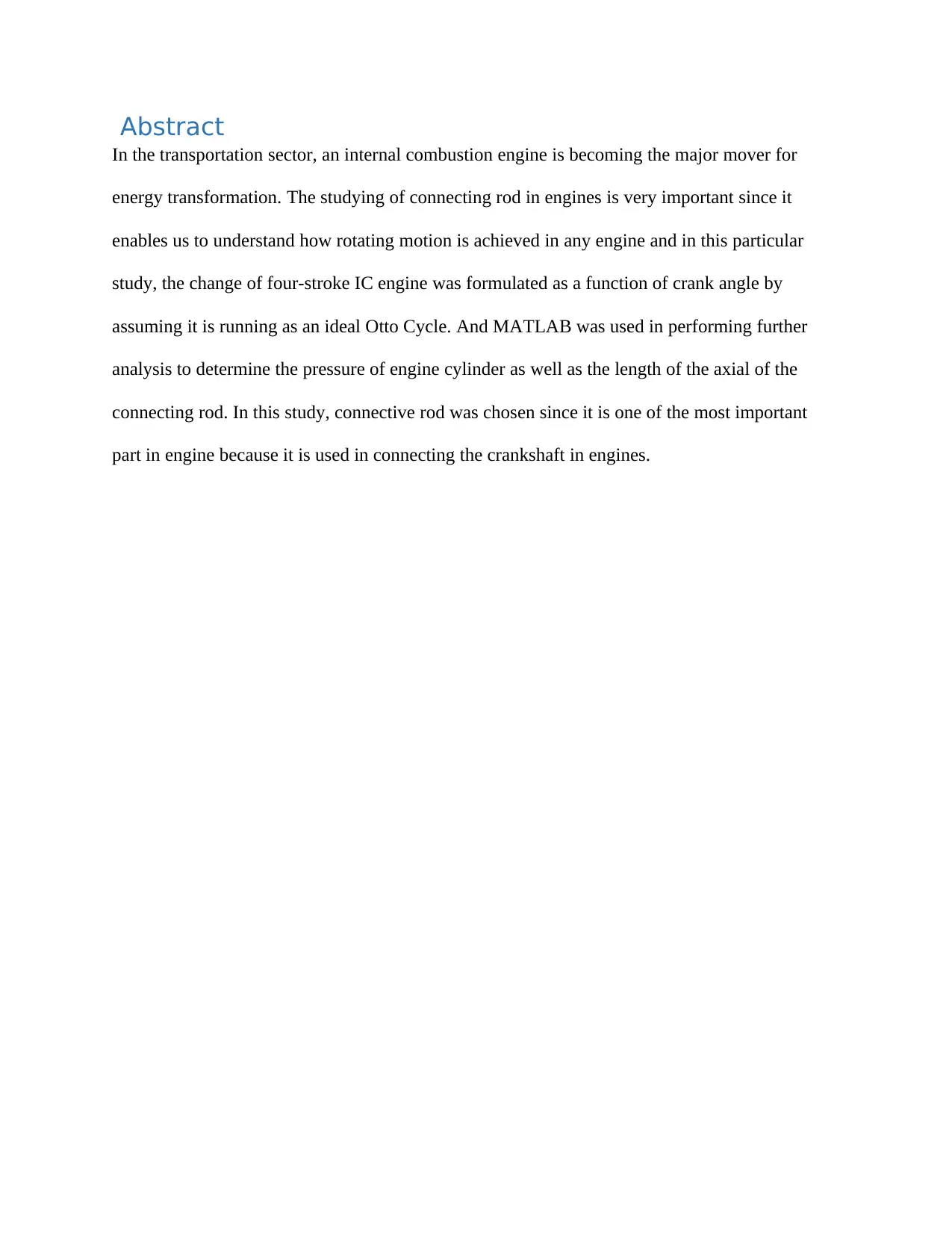
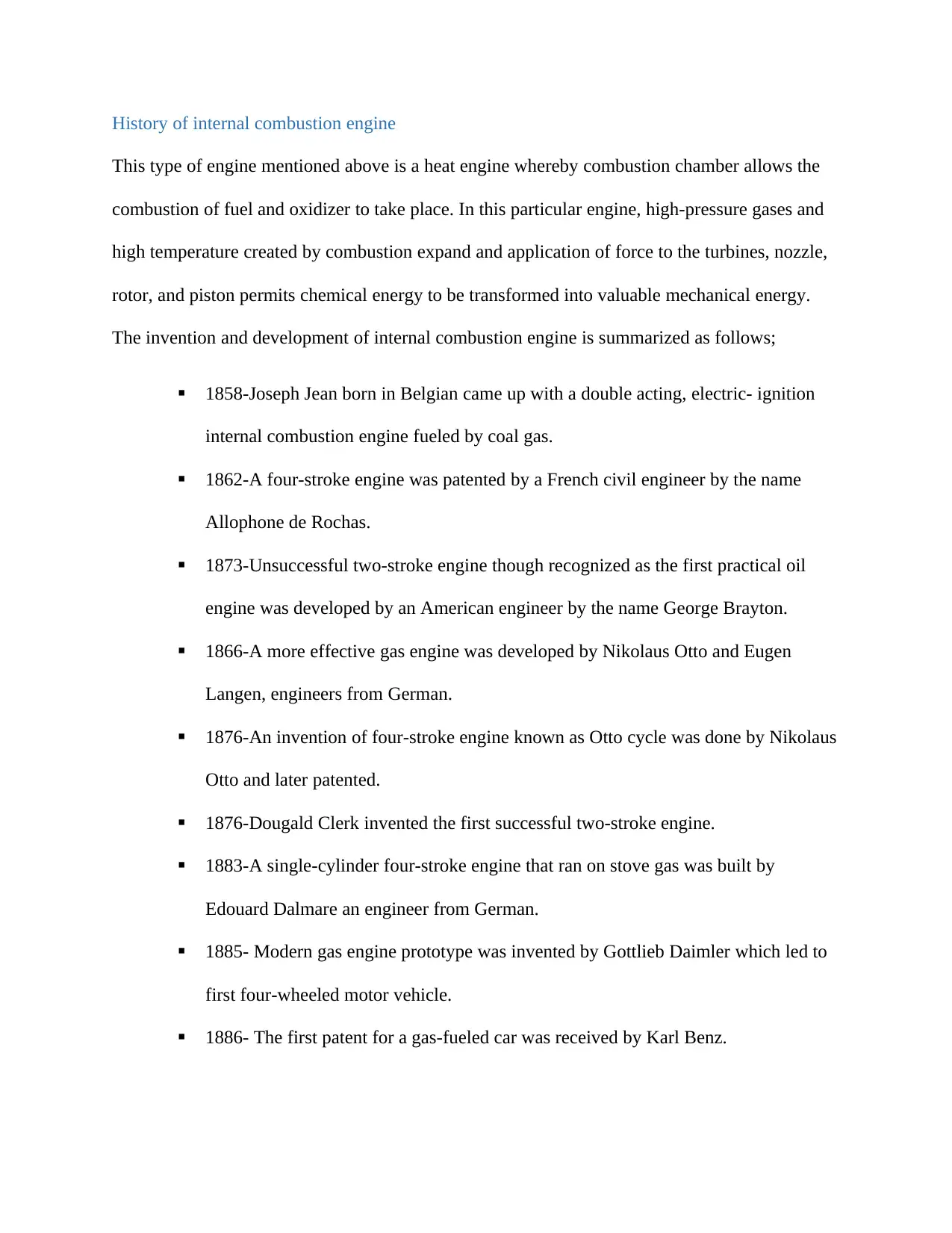

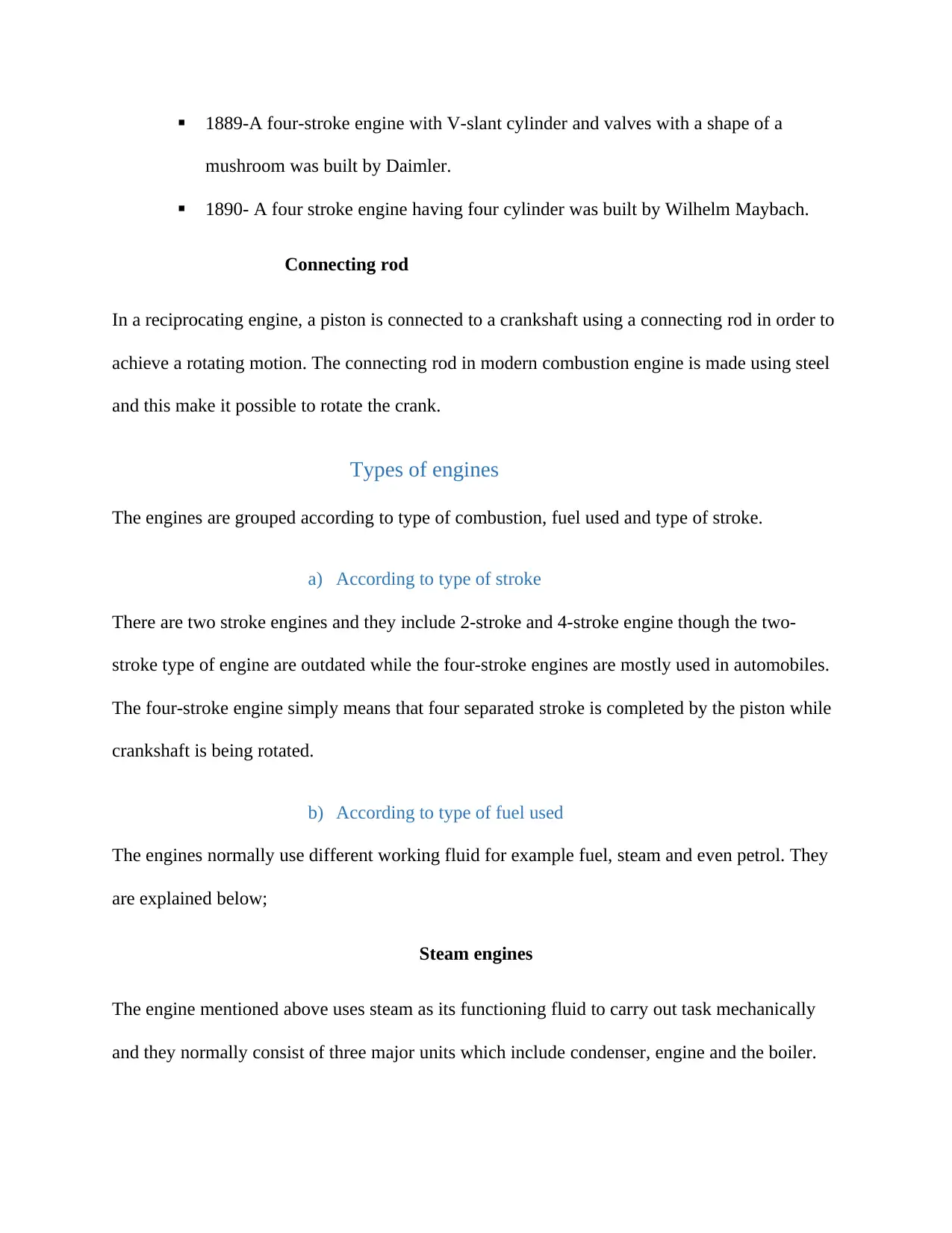
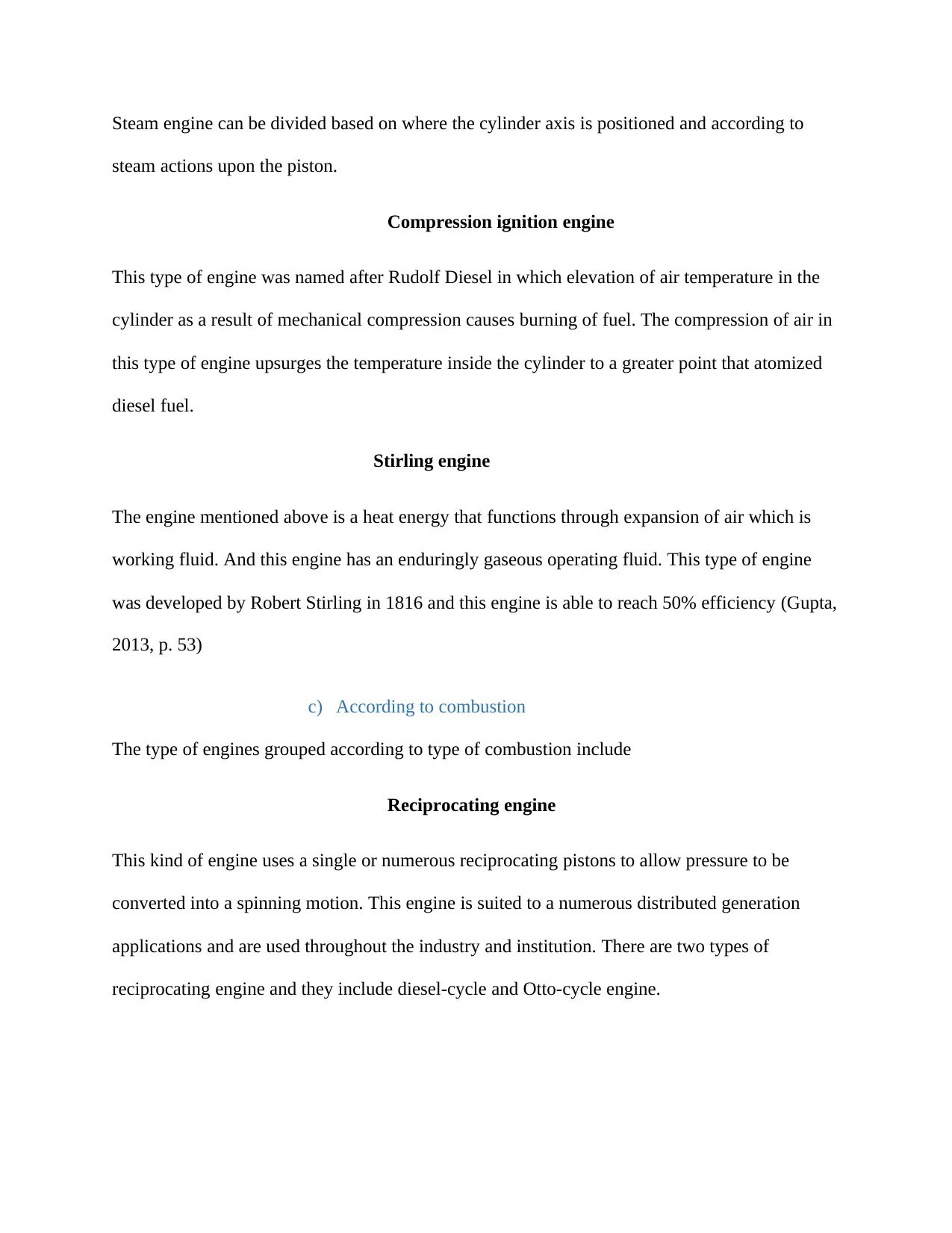
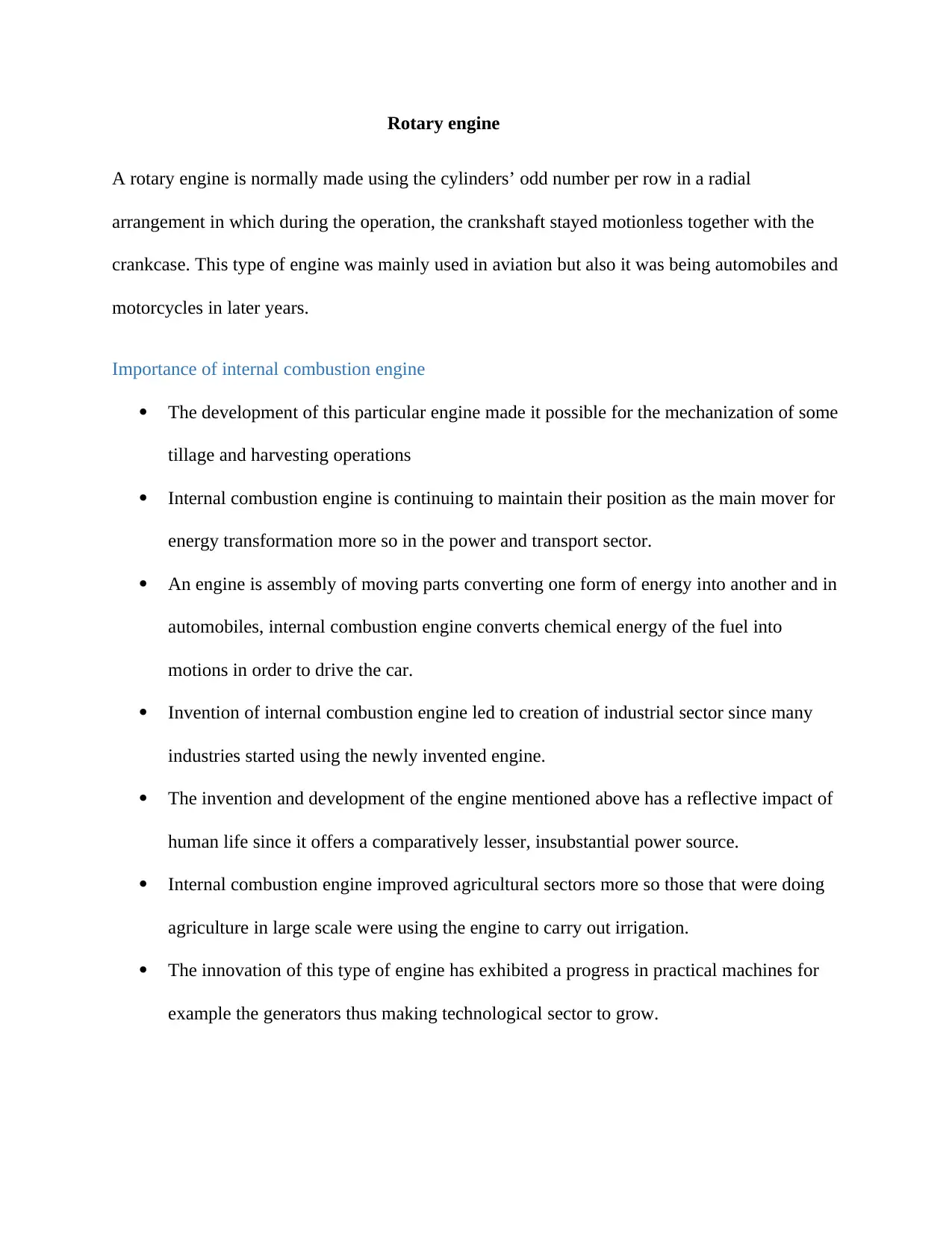







![[object Object]](/_next/static/media/star-bottom.7253800d.svg)